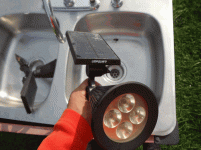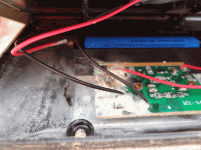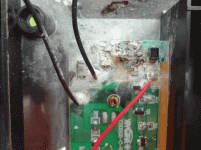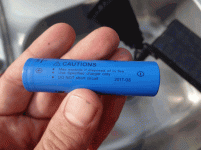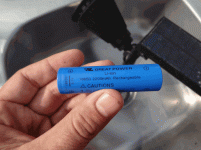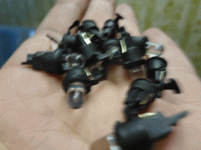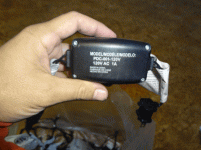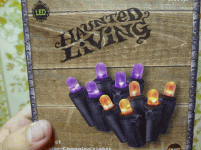watlers_world
Experienced Member
Some products are confusing but the facts are true.
I would have all buy new with a retrospect view.
The lead solder, copper wires and board traces are turning to dust.
And it appears that parts of the circuit boards are also disintegrating.
Although the plastic solar panels are crazing and turning yellow, they still output between 4v and 6v.
The battery from one appears ok but the other ones battery appears to be dead.
The plastic light lenses are also starting to turn yellow.
Do you think this white stuff is poisonous?
I would have all buy new with a retrospect view.
The lead solder, copper wires and board traces are turning to dust.
And it appears that parts of the circuit boards are also disintegrating.
Although the plastic solar panels are crazing and turning yellow, they still output between 4v and 6v.
The battery from one appears ok but the other ones battery appears to be dead.
The plastic light lenses are also starting to turn yellow.
Do you think this white stuff is poisonous?

